
Peperomia Radiator Plants Buy Online Hortology.co.uk
Light For the most part, Peperomias are slow growing houseplants and are reasonably adaptable to the level of light you end up providing. Although if you're looking for the ideal situation, it will be one where the light levels are bright but without direct sunlight.

Peperomia caperata 'Quito' Radiator Plant (4.5" Pot) Little Prince
Growing Peperomias: How to Care for Radiator Plants November 3, 2021 by Kristine Lofgren Peperomia spp. Peperomias are marvelously diverse, ranging from petite bright green plants that trail out of hanging baskets to two-foot-tall upright specimens with striking wrinkled foliage and purple stems.

Peperomia caperata Lilian Radiator Plant in 2022 Peperomia, Plants
Peperomia plants do not have a widely- accepted common name, and some argue that it is better to use the genus name, as is the case with genera such as Petunia and Begonia. They are sometimes called radiator plants , a name possibly coined by L.H. Bailey because many of them enjoy bright and dry environments similar to a windowsill above a.
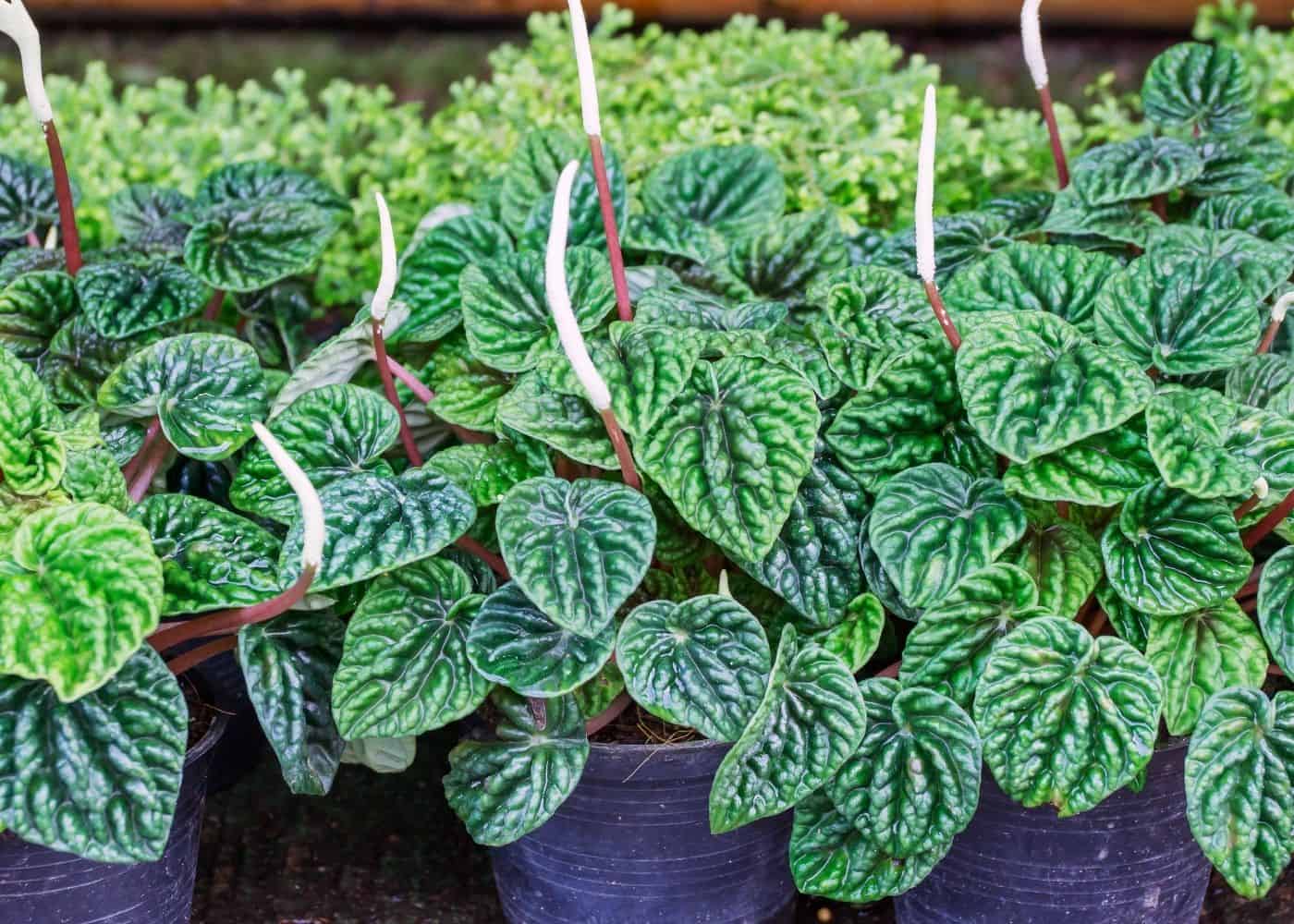
Radiator plant 🌿 💡 Tips for a thriving Peperomia
Soil These plants generally have a small root system making them ideal for dish gardens and other indoor pots. The best soil for these plants is a mixture of 50 percent peat moss and 50 percent perlite. Mixing fine gravel into the soil helps these plant's roots get the air it needs to thrive.
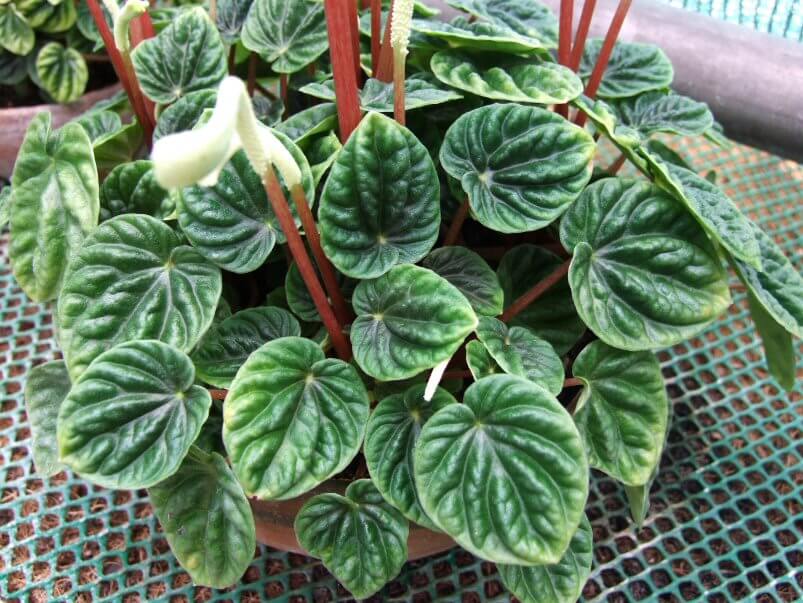
Peperomia (Radiator Plant / Desert Privet Plant) Guide Our House Plants
If so, the Peperomia (Radiator Plant) is an excellent choice! This tropical plant is easy to take care of, and its vibrant green leaves have a unique texture that will add character to any room. To give you the best chance to take care of this plant, we've broken down the caring process into a few different steps. These steps are designed to.
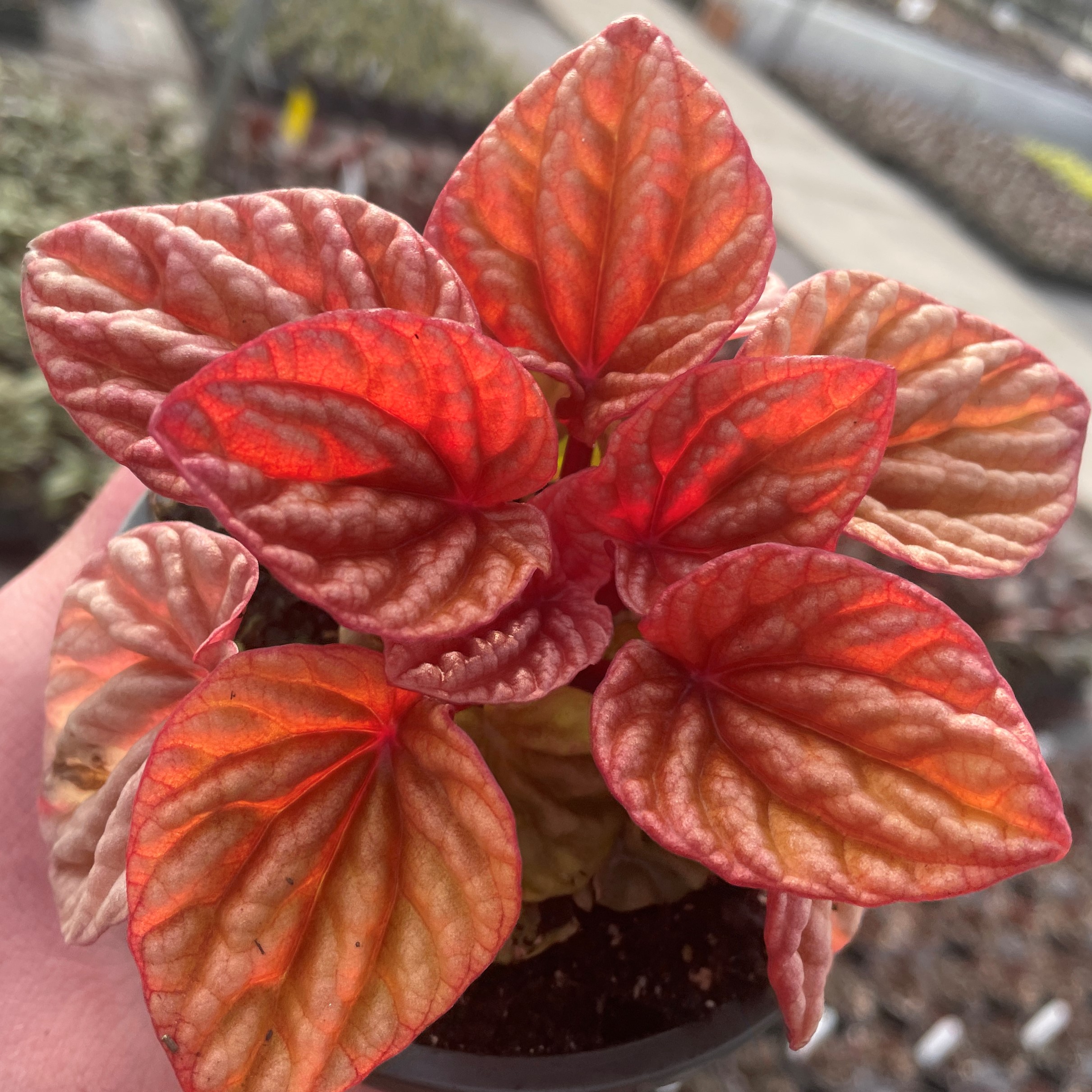
Peperomia caperata 'Quito' Radiator Plant (4.5" Pot) Little Prince
Peperomia Care (Radiator Plant): A Complete Guidelines Updated: 12 September 2023 Published: 18 August 2023 by Shahriar Robin Houseplants have a remarkable ability to transform indoor spaces, adding not only beauty but also a sense of tranquility and connection to nature.
:max_bytes(150000):strip_icc()/watermelon-peperomia-care-e460b47f4be34840908dddb540bb57fd.jpg)
Peperomia (Radiator Plant) Care & Growing Guide
Peperomia plants (also called radiator plants) are well suited for growing as a beautiful lush houseplant. Many peperomia species have attractive foliage with glossy leaves that come in all shapes and sizes. Some of the ornamental peperomias have a compact look with bright variegated leaves.
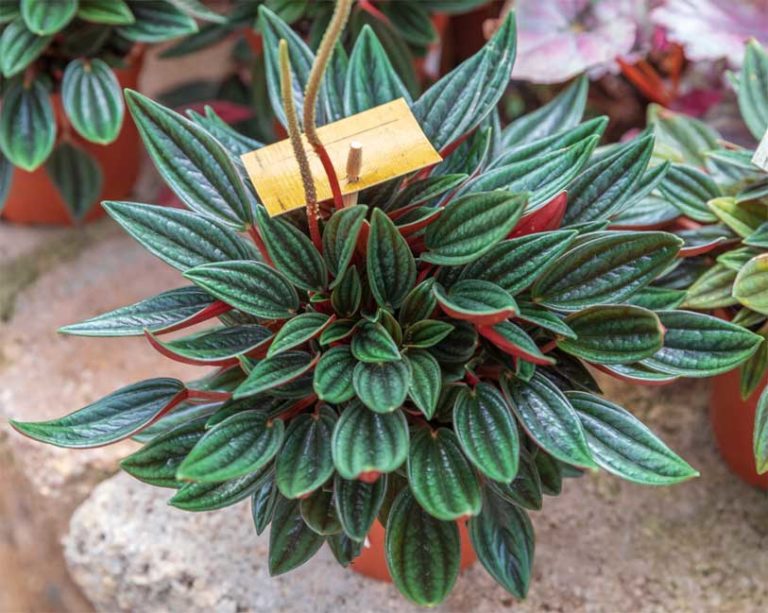
Peperomia (Radiator Plants) How to Grow and Care Guide
The radiator plant or peperomia plant includes 1,500 unique species. With size, shape, and color classifications, by the time you're done reading, you'll be able to select the perfect peperomia for you! With over a thousand peperomia plants to choose from I created this list of peperomia plant types with three helpful requirements in mind.
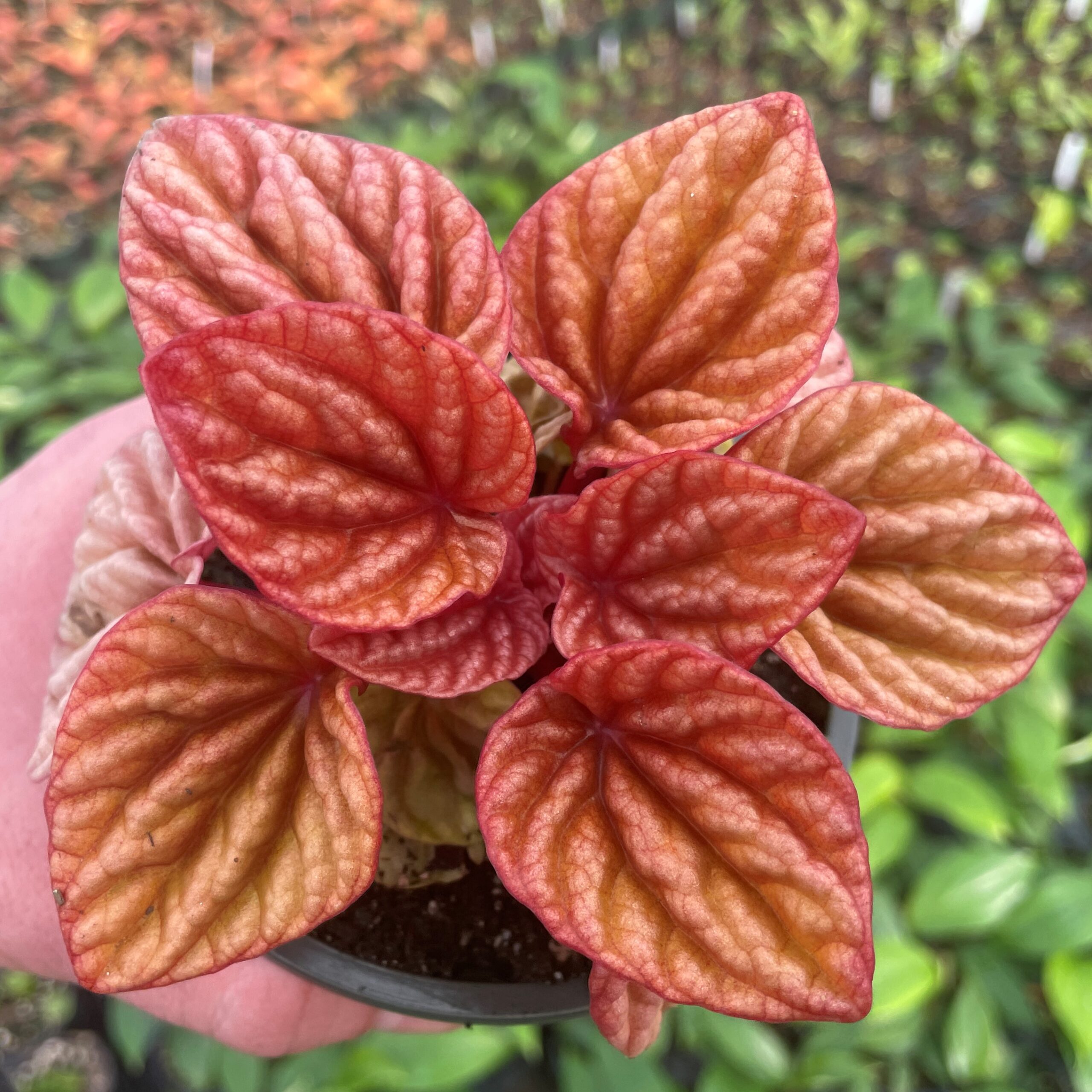
Peperomia caperata 'Quito' Radiator Plant (4.5" Pot) Little Prince
Peperomia rotundifolia, also known as Creeping Buttons Radiator Plant, is a species of Peperomia with trailing vines and small glossy round leaves. Peperomia obtusifolia Peperomia obtusifolia, also known as Baby Rubber Plant, is a popular species of Radiator Plant. These succulent-like plants have thick, oval-shaped green leaves that hold water.

Peperomia Scandens/Cubensis Name Radiator Plant) 150mm Pot
What is a Peperomia (Radiator Plant)? What Do They Look Like? Leaf Shape and Size: Leaf Color and Patterns: Leaf Texture: Stem Structure: Growth Habit: Flowers: Varieties and Species: Caring for Peperomia: 1. Light: 2. Watering: 3. Humidity: 4. Soil: 5. Temperature: 6. Fertilization: 7. Pruning: Propagation Techniques: 1. Leaf Cuttings: 2.
/peperomia-houseplant-care-71055949c42f4f3cbdc9ff15bf4bb27f.jpg)
How to Grow and Care for Peperomia (Radiator Plant)
This plant is native to South America and is renowned for its unique foliage and easy-to-care-for nature. With its heart-shaped leaves and velvety texture, the Peperomia Quito is a favorite among plant enthusiasts. This plant is also commonly referred to as the Emerald Ripple Peperomia or the Radiator Plant due to its resemblance to a radiator.

Peperomia Caperata 'Ruby Ripple' (Radiator Plant)
Peperomia (Peh-per-OH-mee-uh) is a large genus of over 1500 species of attractive tropical and sub-tropical foliage plants, native primarily to Central and South America. Some Peperomia types are succulents, complete with pudgy leaves full of stored water, and some Peperomia succulents also have leaf windows.

Peperomia Plant How Did Radiator Plants the Best? Find Out
Peperomia is a large genus of tropical plants in the family Piperaceae that are native to Mexico, South America, and the Caribbean. With more than 1,500 known species, these hearty plants boast thick, fleshy leaves that contribute to their drought tolerance and vigor. The Spruce / Anastasia Tretiak
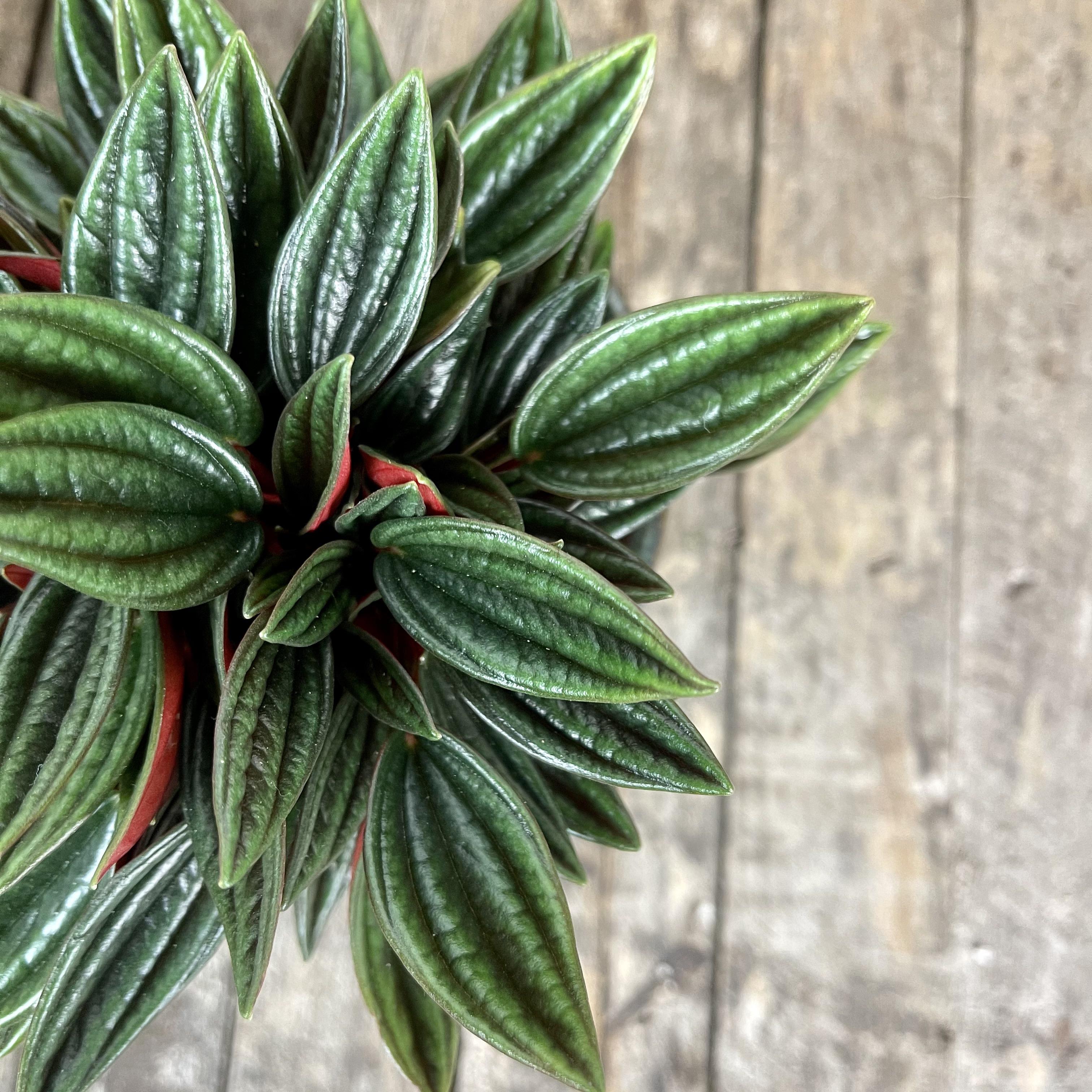
Peperomia caperata rosso, emerald ripple radiator plant
Types of Peperomia (Radiator Plants) - With Pictures By Jessica Nolan, Gardening Expert Houseplants Peperomia plants are compact, tropical plants with fleshy leaves and ornamental foliage. There are over 1,500 species of peperomia, many of which are popular houseplants. Some small peperomia varieties have thick, succulent-like oval leaves.

Peperomia Plant How Did Radiator Plants the Best? Find Out
2.1 1. Watermelon Peperomia (Peperomia argyreia) 2.2 2. Jayde Peperomia (Peperomia polybotrya) 2.3 3. Metallic Peperomia (Peperomia rosso) 2.4 4. String of turtles peperomia (Peperomia prostrate) 2.5 5. Baby rubber plant (Peperomia obtusifolia) 2.6 6. Peperomia Hope (Peperomia tetraphylla) 2.7 7. Trailing jade (Peperomia rotundifolia) 2.8 8.
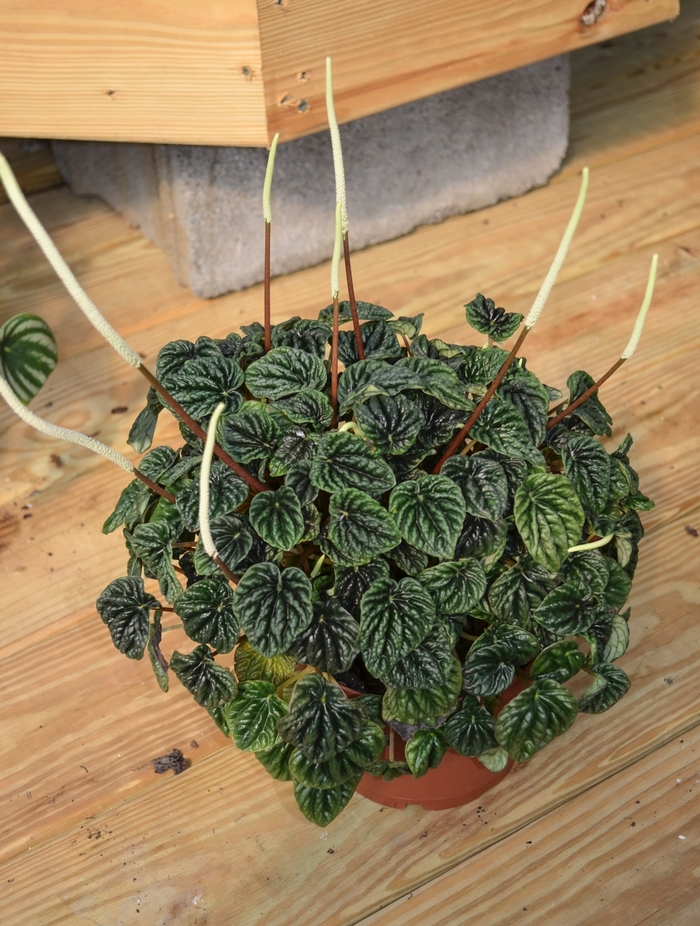
Peperomia caperata Radiator Plant The Flower Spot
This plant is the same as Peperomia angulata, this older name is is still sometimes used and it is also known by the names Radiator Plant and Peperomia Beetle. Peperomia Prostrata. Peperomia Prostrata is a miniature peperomia plant with tiny, fleshy, succulent leaves, only one-fourth of an inch wide that resemble turtle shells.